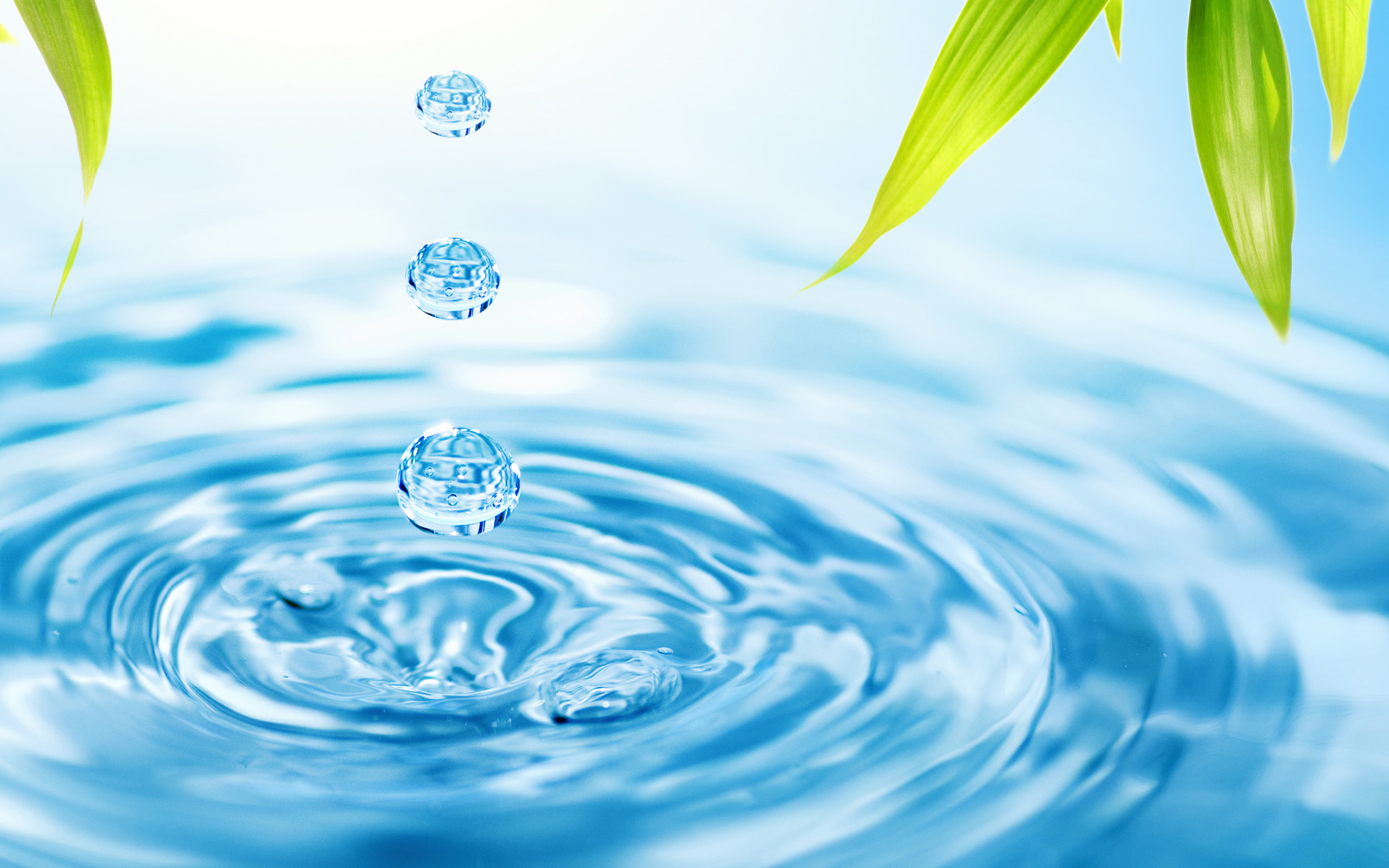At what temperature is water at its densest?

Density is a measure of how much mass a material has in a specific volume of space. Therefore the more atoms per unit volume a material has and the more mass those atoms have, the higher the density will be. When you heat something up, it takes up more space and therefore becomes less dense. Most materials will be at their densest when they are a solid, ie when their atoms are closest together. Water does not follow this rule as we all know that ice floats on water, therefore, ice is less dense than water! So when is water at its densest? Well, it turns out this happens to be around 4°C.
This is when the water molecules are closest together. Cooling water further than 4°C causes the density to decrease up to the point where it becomes a solid which is less dense than the liquid. This happens due to the unusual way that the water molecules arrange themselves when turning into a solid, it is known as a crystalline structure and it is such an arrangement that the molecules are further apart from each other as a solid than when they were a liquid.
Plus, take a look at:
If my glass is filled with ice and water, will it overflow once the ice has melted?
Home science experiments: how to bend water
For more science and technology articles, pick up the latest copy of How It Works from all good retailers or from our website now. If you have a tablet or smartphone, you can also download the digital version onto your iOS or Android device. To make sure you never miss an issue of How It Works magazine, subscribe today!




